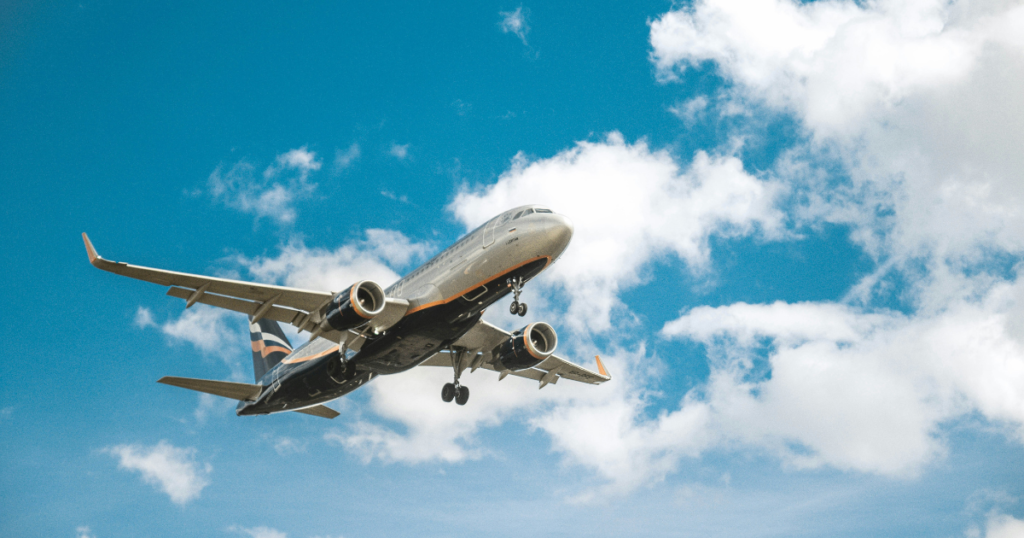Tourism has evolved significantly over the years. What began as a leisurely pursuit for a select few has become a global phenomenon, with diverse forms catering to a wide variety of preferences. Today, tourism spans across many different types of travel experiences, ranging from budget-friendly backpacking adventures to opulent, five-star luxury escapes. This transformation has been influenced by various factors such as technological advancements, cultural shifts, and changing economic conditions.
This article explores the evolution of tourism, from its humble beginnings to the luxurious and high-end experiences available today. We will look at the historical context of tourism, the factors that have driven this transformation, and how the industry is likely to evolve in the future.
The Early Days of Tourism: Grand Tours and the Elite
Tourism, in its earliest form, was largely reserved for the aristocracy and the wealthy elite. In the 17th and 18th centuries, European aristocrats embarked on “Grand Tours” as a form of education and cultural enrichment. These tours typically involved visiting key European cities like Paris, Rome, and Venice. The Grand Tour was seen as a rite of passage for young men of the upper class, offering them a chance to refine their social skills and broaden their horizons.
The Rise of Rail Travel
By the mid-19th century, railroads had revolutionized travel, making it more accessible to the middle class. The invention of trains allowed people to travel long distances in a relatively short time, and this led to the rise of mass tourism. The introduction of the rail network in Europe and the United States made it easier for people to explore cities and countryside without the constraints of expensive, time-consuming methods of transport.
The Birth of Commercial Travel Agencies
In the late 19th century, the development of commercial travel agencies further democratized tourism. One of the pioneers in this field was Thomas Cook, who organized the first-ever package tour in 1841. Cook’s tours provided transportation, accommodation, and sightseeing excursions at a fixed price, making travel more affordable and organized for the general public.
Backpacking: The Rise of Budget Travel
The 1960s and 1970s witnessed a major shift in the tourism industry with the rise of budget travel and backpacking. This period coincided with the cultural and social movements of the time, which embraced freedom, independence, and exploration. Young travelers, particularly students and those on limited budgets, began exploring distant parts of the world, often staying in hostels, using public transport, and traveling on a shoestring budget.
The Impact of Low-Cost Airlines

One of the most significant factors in the growth of backpacking was the emergence of low-cost airlines in the 1990s. Airlines like Ryanair and EasyJet revolutionized air travel by offering inexpensive tickets, allowing travelers to visit European cities and beyond for a fraction of the cost of traditional airlines. This made travel more accessible to a broader demographic, particularly those interested in backpacking and exploring off-the-beaten-path destinations.
The Appeal of Authenticity and Adventure
Backpackers were often motivated by the desire to have authentic, immersive experiences in destinations far removed from traditional tourist spots. Many backpackers sought experiences that were less about luxury and more about cultural exchange, adventure, and personal growth. This shift in tourism culture emphasized exploring new places on a budget, seeking out hidden gems, and connecting with locals.
The Rise of Mass Tourism
The 1980s and 1990s saw the growth of mass tourism, which was largely driven by the increased availability of affordable flights, improved infrastructure, and the rise of all-inclusive resorts. During this time, people of all ages, backgrounds, and economic statuses began traveling in larger numbers, with package tours becoming a popular way to explore destinations.
The Influence of Technology
The introduction of the internet in the 1990s and early 2000s was a game-changer for tourism. Travel websites, booking platforms, and online reviews made it easier for travelers to plan their trips, book accommodations, and find out about the best attractions in a destination. Websites like Expedia, Booking.com, and TripAdvisor made travel planning more accessible and efficient for tourists worldwide.
The growing availability of information online also made it easier for people to compare prices and find deals, further fueling the growth of mass tourism. With platforms like Airbnb, travelers could now opt for more personalized accommodations, away from traditional hotels, while still enjoying the benefits of convenience and affordability.
Luxury Travel: The Age of Extravagance
While budget travel options continued to thrive, the late 20th and early 21st centuries saw a significant rise in luxury tourism. The growth of the global economy, along with the emergence of a wealthy middle class in developing countries, led to an increased demand for high-end travel experiences. This shift was characterized by luxury resorts, private tours, and bespoke travel experiences.
The Demand for Exclusive and Customizable Experiences
Luxury travelers today expect personalized services, privacy, and exceptional quality in their travel experiences. Whether it’s a private yacht cruise through the Mediterranean, a stay at a five-star resort, or a private safari in Africa, luxury travel is all about exclusivity and comfort. The focus has shifted from the destination itself to the overall experience, with high-end services and attention to detail being the key selling points.
Luxury travel has also evolved to cater to niche markets, such as wellness tourism, culinary tourism, and adventure tourism. Today’s luxury traveler can indulge in spa retreats, private wine tastings, and exclusive hiking trips that are tailored to their specific interests and preferences.
The Role of Social Media and Influencers

In recent years, social media platforms like Instagram have played a pivotal role in the rise of luxury travel. Influencers, celebrities, and travel bloggers often showcase their lavish vacations, fueling the desire among affluent travelers to indulge in similar experiences. Luxury travel brands have also embraced social media as a marketing tool, targeting wealthy individuals with curated content that highlights the exclusivity and elegance of their offerings.
Sustainable Tourism: The New Frontier
In response to growing concerns about climate change and over-tourism, there has been a noticeable shift towards sustainable tourism in recent years. This movement emphasizes eco-friendly travel options, responsible tourism practices, and the preservation of cultural and natural resources.
The Growth of Eco-Tourism
Eco-tourism has become a significant aspect of modern travel. Many travelers today are seeking experiences that allow them to connect with nature while minimizing their environmental impact. This includes activities such as wildlife safaris in protected reserves, hiking through national parks, and staying at eco-friendly resorts that prioritize sustainability.
Responsible Travel and Cultural Sensitivity
With the rise of responsible travel, many tourists are becoming more aware of the impact their travel has on local communities and the environment. Responsible travelers prioritize cultural sensitivity, ethical consumption, and reducing their carbon footprint. In response, destinations and travel providers are increasingly offering more sustainable options, such as carbon-offset programs, eco-friendly accommodations, and local community-based tourism.
Also Read: Luxury Travel On A Budget: Tips For Affordable 5-Star Experiences
Conclusion
The evolution of tourism, from backpacking to luxury travel, has been shaped by numerous factors including technological advancements, economic changes, and cultural shifts. While budget-conscious backpackers continue to seek authentic, off-the-beaten-path experiences, a growing demand for luxury travel has created a new era of indulgence and exclusivity. However, the future of tourism will likely see a greater emphasis on sustainability, responsible travel, and eco-friendly practices, ensuring that future generations can enjoy the beauty and diversity of our world without compromising its preservation.
FAQs
1. What is the difference between backpacking and luxury travel?
Backpacking typically involves traveling on a budget, often staying in hostels, using public transportation, and seeking out affordable, authentic experiences. Luxury travel, on the other hand, involves high-end accommodations, private tours, and exclusive services designed to provide comfort and indulgence.
2. What factors have influenced the rise of luxury tourism?
The rise of luxury tourism can be attributed to the growth of the global economy, an increase in disposable income, and the desire for personalized and unique travel experiences. Social media and the influence of celebrities and influencers have also played a significant role in the demand for luxury travel.
3. How has technology impacted tourism?
Technology has revolutionized tourism by making travel planning more accessible, efficient, and personalized. The internet has enabled travelers to easily book flights, accommodations, and activities, while social media has influenced travel trends and preferences. Furthermore, technological advancements in transportation have made travel faster and more affordable.
4. What is eco-tourism, and why is it important?
Eco-tourism focuses on traveling in ways that support the conservation of natural environments and local cultures. It emphasizes sustainable practices such as reducing environmental impact, supporting local communities, and preserving wildlife. Eco-tourism is important because it helps protect the planet and promotes responsible travel behaviors.
5. Is luxury travel only for the wealthy?
While traditionally luxury travel has catered to the wealthy, the rise of new, more affordable luxury options and experiences has made high-end travel more accessible to a broader range of people. Additionally, some luxury travel companies now offer payment plans or affordable alternatives, allowing a wider audience to experience luxury vacations.

